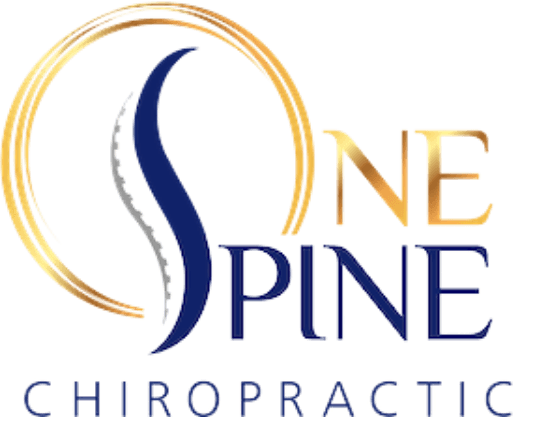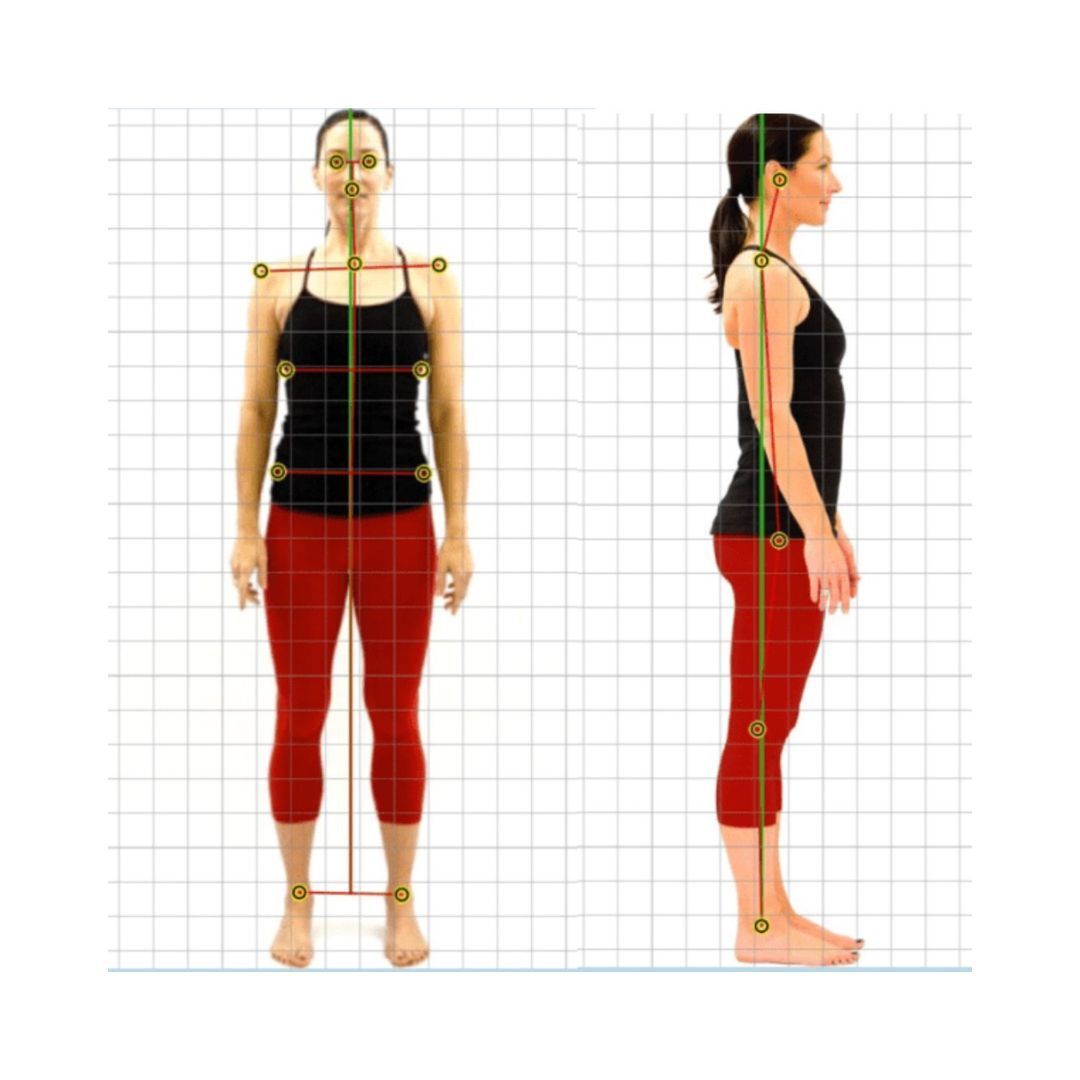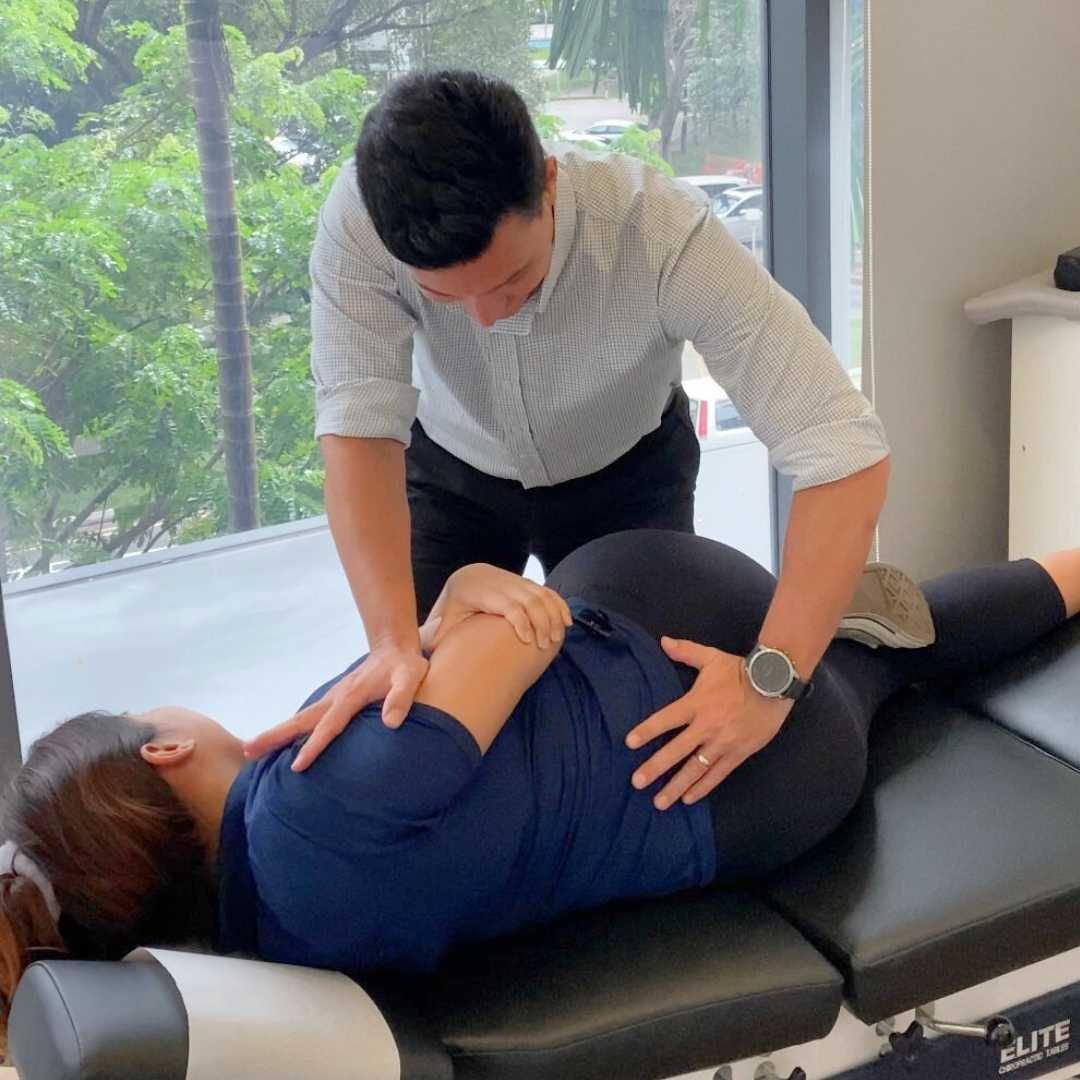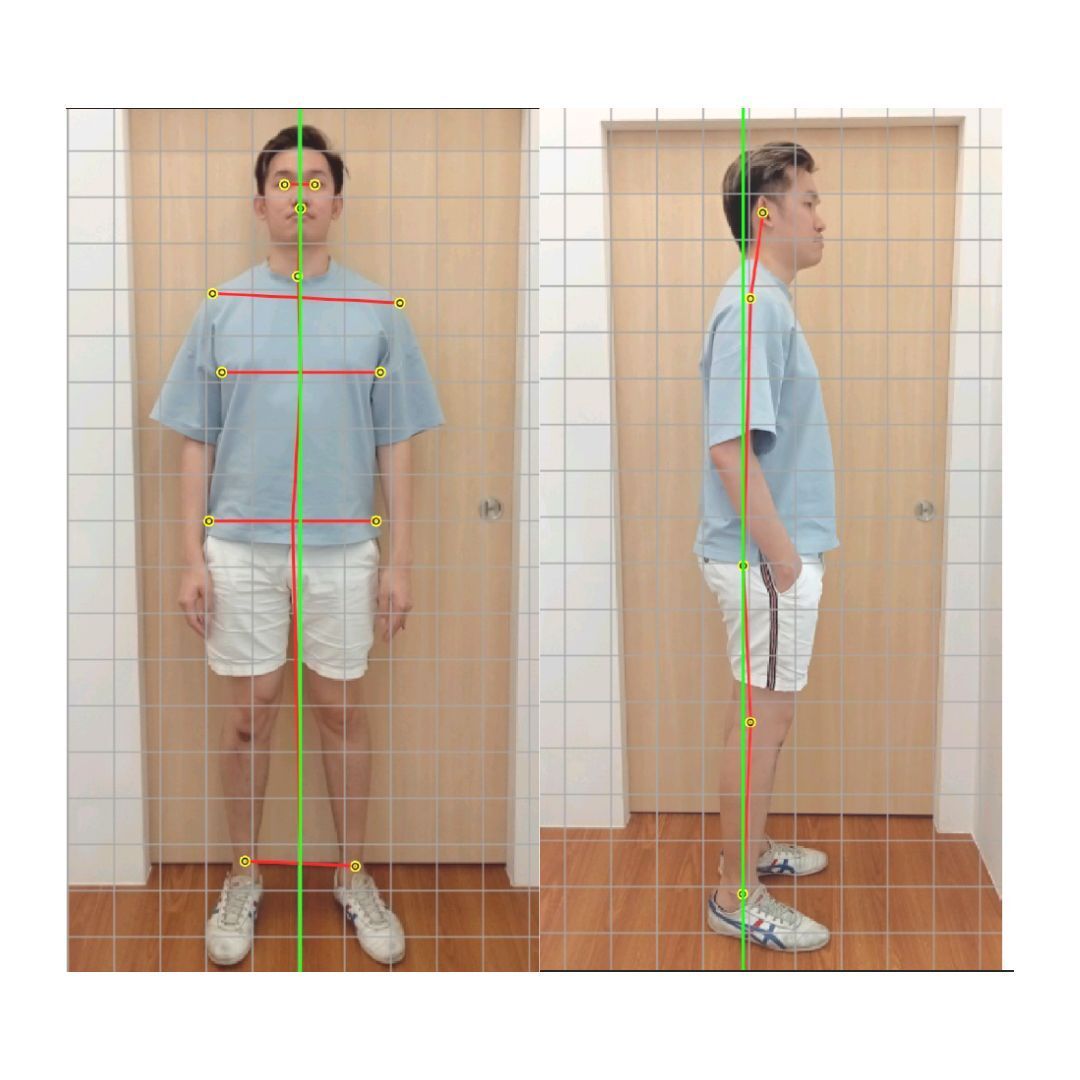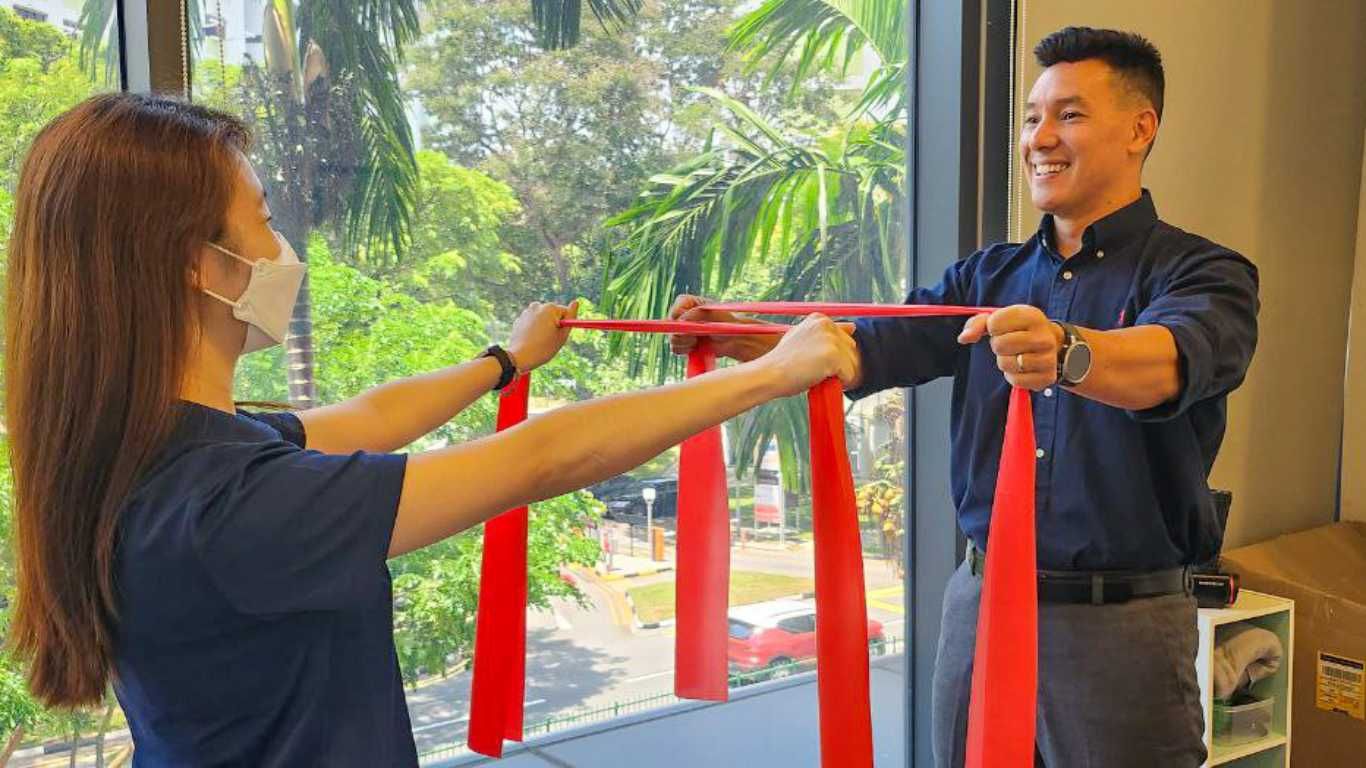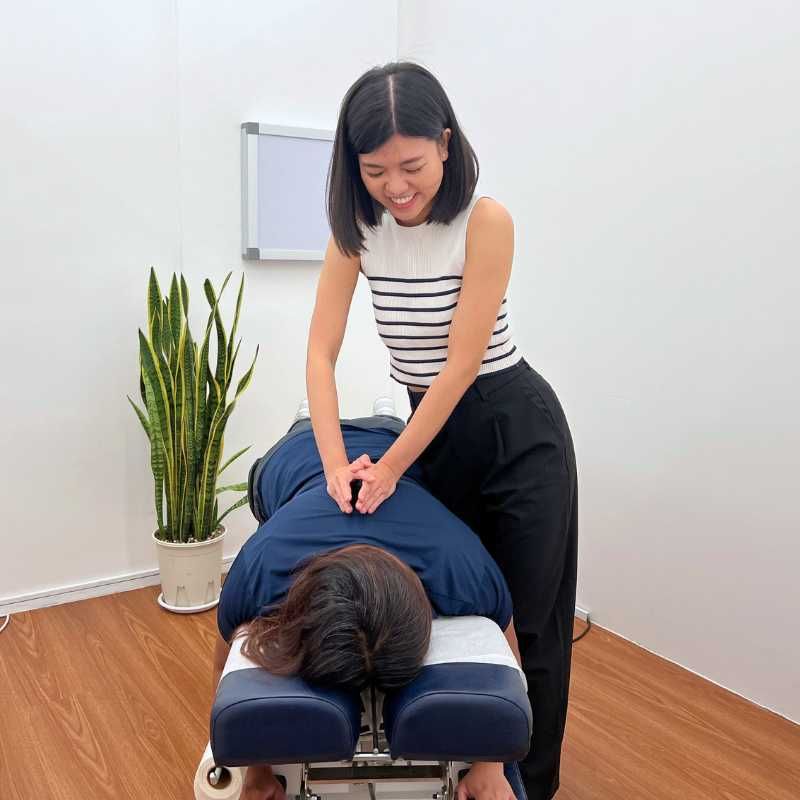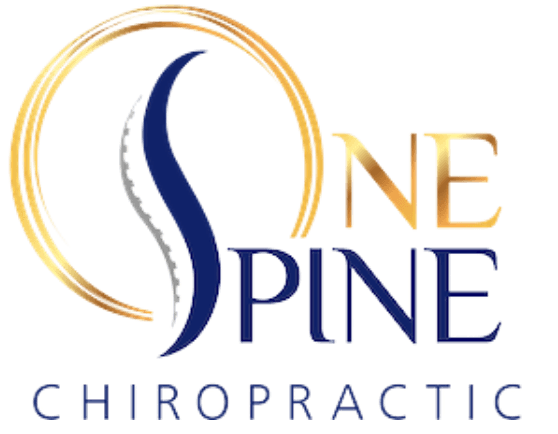Do You Feel Like You Have A Hunchback?
Maybe you caught yourself in the mirror and wondered, “Why do I look like I’m slouching all the time?” Or maybe standing flat against a wall just doesn’t feel natural anymore.
If that sounds familiar, you might be dealing with a common postural issue called hunchback posture, which is also known as thoracic hyperkyphosis. This condition can affect both your static posture — how you hold your body when standing or sitting still — and your dynamic posture, which refers to how you move during physical activity. Both static and dynamic posture play important roles in preventing strain and reducing joint stress.
It’s actually more common than you think. And no, it’s not just something that happens with age.
Introduction to Back Health
Back health is a cornerstone of overall wellness, yet it’s often overlooked until pain or discomfort sets in. The musculoskeletal system, which includes your spine, muscles, and joints, works together to support your body and keep you moving with ease. When you develop poor posture, whether from long periods of sitting, slouching, or simply not paying attention to how you stand or move, it puts unnecessary strain on this system. Over time, this can lead to severe pain, pinched nerves, and a host of other health problems that affect your daily life.
Many people first seek chiropractic care when they experience low back pain, neck pain, or other symptoms related to poor posture. Chiropractic care focuses on the health of your spine and joints, helping to restore balance and function to your musculoskeletal system. By addressing the root causes of pain and discomfort, chiropractic adjustments and guidance can help you maintain good posture, reduce the risk of complications, and support your overall health. Remember, taking care of your back isn’t just about avoiding pain. It’s about keeping your whole body healthy and moving well for years to come.
Not Sure If You Have A Hunchback? Try This Simple Wall Test
Stand with your back against a flat wall. Your heels, bum, upper back, and the back of your head should all be able to touch the wall comfortably. Your hips and shoulders should also be aligned with the wall to ensure proper joint positioning and support healthy posture.
If you:
- Struggle to get your head back without forcing it
- Feel tightness in your chest or neck
- Notice any tension through your upper back
Those could be signs that your posture is out of alignment.
Other signs to watch out for:
- Rounded shoulders
- A head that juts forward (i.e. tech neck)
- Upper back tightness or soreness
- A slight hump or visible curve in your upper spine
- A sense that your height is shrinking or you’re not standing as tall
- Difficulty lying flat without discomfort
What’s Causing This?
In most cases, a hunchback posture comes down to a mix of bad habits and muscle imbalances. Here’s what contributes to it:
- Too much sitting: Especially with slouched shoulders or leaning over your screen
- Weak upper back and deep core muscles: Meant to hold you upright
- Tight chest and shoulders: From poor desk posture
- Lack of spinal mobility: While we often train for strength, we forget to move our spine
Modern life isn’t doing our spines any favors. Long hours at the desk, scrolling on our phones, driving, and even lounging on the couch can pull our bodies into a forward-folded position. Poor posture increases stress on your muscles and joints, making it harder for your body to generate force efficiently during movement. Do it long enough and your spine will start to adapt to it.
Why You Shouldn’t Ignore It
This isn’t just about looking slouched in photos. Over time, a hunchback posture can cause real problems such as:
- Chronic neck and back pain
- Breathing issues: A hunched position compresses your lungs
- Poor balance: Increasing fall risk as we age
- Constant fatigue: Because your muscles are overcompensating to keep you upright
- Restricted mobility: Making it harder to lie down flat or move freely
Poor posture can also negatively impact your general health, affecting more than just your spine. Early treatment can help prevent these broader health issues and support overall wellness.
Benefits of Good Posture
Practicing good posture does more than just make you look taller and more confident. It has real, lasting benefits for your health. When you maintain correct posture, your muscles and joints can work efficiently, reducing the risk of back pain and other health problems. Good posture helps preserve the natural curves of your spine, including the cervical spine at your neck, the thoracic spine in your upper back, and the lumbar spine in your lower back. These natural curves are essential for absorbing shock and keeping your body balanced.
By supporting the natural alignment of your upper spine, you can help prevent postural kyphosis and reduce your risk of developing more serious conditions like severe kyphosis, scheuermann’s kyphosis, or congenital kyphosis. Good posture also makes it easier to breathe deeply, improves circulation, and allows you to stay active without unnecessary strain. Whether you’re sitting, standing, or moving, maintaining good posture helps your muscles and joints function at their best, supporting your overall health and reducing your risk of pain and injury.
How Poor Posture Becomes a ‘Hunchback’
Posture isn't about standing straight for 10 minutes. It’s about how your body naturally carries itself all day long. When your spine is constantly out of alignment, your muscles slowly adjust and reinforce that position.
The longer it goes unaddressed, the harder it becomes to undo. But that doesn’t mean it’s too late.
What You Can Do About It
The best time to work on your posture is right now. Most cases of mild to moderate thoracic hyperkyphosis can be improved with the right movement, strength work, and professional care. Physical therapy and spinal manipulation are also commonly used approaches to improve posture and spinal health.
Here are some exercises that help:
- Wall Angels – great for activating your upper back
- Foam Rolling the Thoracic Spine – restores mobility (Check with your physician first)
- Chest Openers – release tight pectorals
- Core Work – planks, bird-dogs, and deep core stability help support the spine
How Chiropractic Care Supports Postural Health
If you’re feeling stuck or in pain, chiropractic care can be a powerful addition to your routine. A chiropractor is a licensed practitioner who performs spinal manipulation and manual therapies to address posture and musculoskeletal issues. Chiropractors hold a Doctor of Chiropractic (D.C.) degree and are often referred to as 'doctor,' but they are not medical doctors (M.D.) or osteopathic physicians (D.O.), and their scope of practice is different from conventional medicine. While some spinal curves (especially structural hyperkyphosis) may not be fully corrected, we can effectively help with:
- Reducing pain and tightness
- Restoring spinal mobility
- Improving your posture over time
- Helping your muscles to re-learn proper alignment
- Supporting better breathing, balance, and confidence
Our approach at One Spine Chiropractic Singapore focuses on more than just cracking backs. We assess posture, adjust the spine gently, and support you with exercises and guidance to create long-term change. Chiropractic care shares some similarities with conventional medicine and physical therapy in terms of patient assessment and treatment planning, but differs in its focus on manual therapies and spinal adjustments.
If your posture’s been bothering you, or if you’re not sure whether it’s something to worry about, please don’t wait for it to get worse. With the right care and consistency, you can feel taller, move better, and be more comfortable in your own body. While spinal manipulation is generally safe, in rare cases it can lead to serious complications, so it is important to seek care from qualified chiropractors and discuss any concerns with your healthcare provider. Chiropractic care is considered a complementary approach to medicine, and patients should coordinate with their primary care provider for comprehensive health management.
Book a posture check with our team and get your spine moving in the right direction today: https://clinic.platomedical.com/book/b25lY2hpcm8=/ec3986fdbb7f42129bb8d835822ea7c6
What the Research Says: Insights from National Institutes
Scientific research from national institutes, including the National Institutes of Health, consistently highlights the importance of good posture for preventing back pain and other musculoskeletal health problems. Studies show that poor posture can lead to worsening pain, serious complications, and in some cases, the need for spine surgery or even spinal fusion surgery. The NIH recommends regular physical activity, maintaining a healthy weight, and practicing good posture as key strategies for preventing back pain and related disorders.
Chiropractic education and care are also recognized for their role in health promotion and disease prevention. Chiropractic adjustment (a form of manual therapy) has been shown in scientific research to help reduce back pain and improve function, especially for those dealing with low back pain. By combining chiropractic care with healthy lifestyle habits, you can lower your risk of complications, support your spine, and keep your body moving comfortably. Remember, investing in your back health today can help you avoid pain and surgery down the road.
